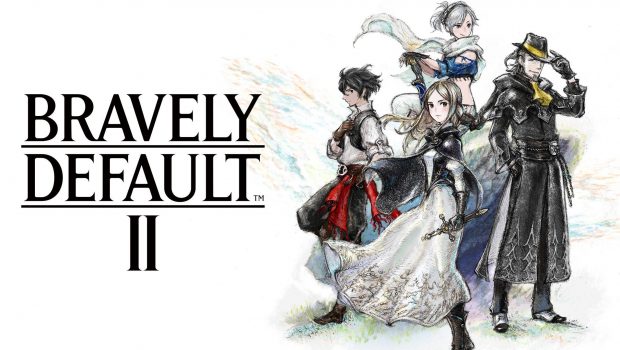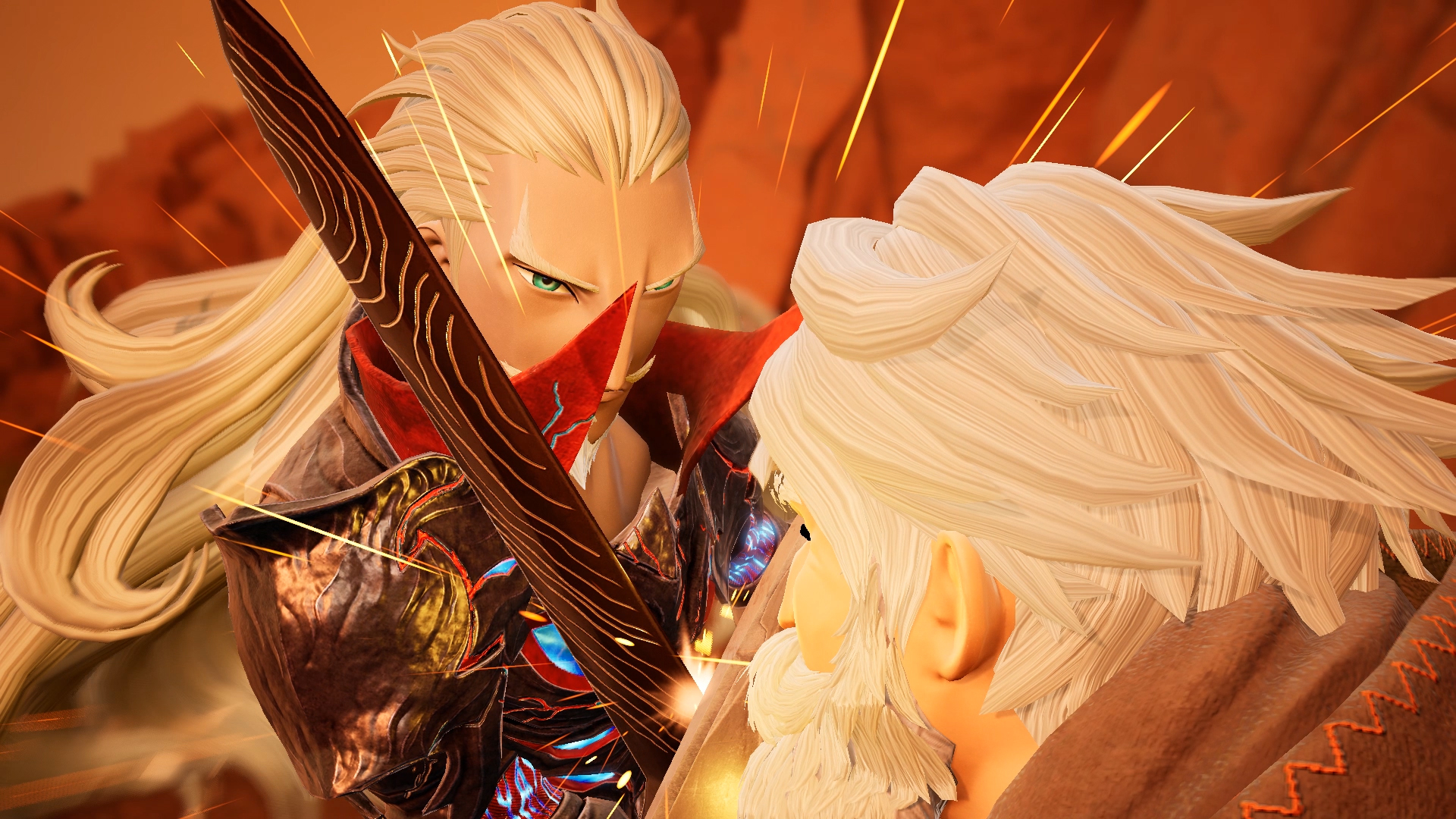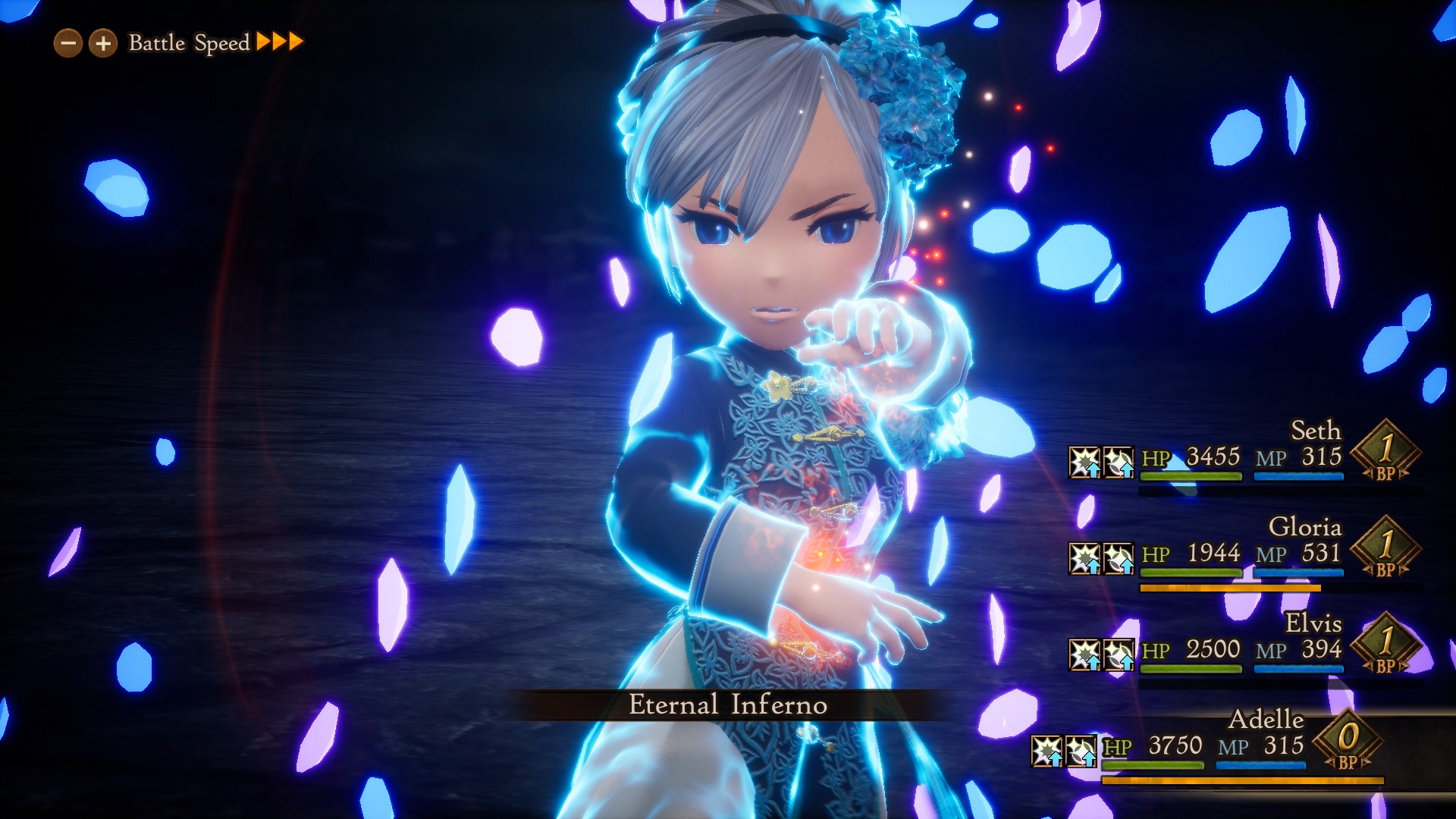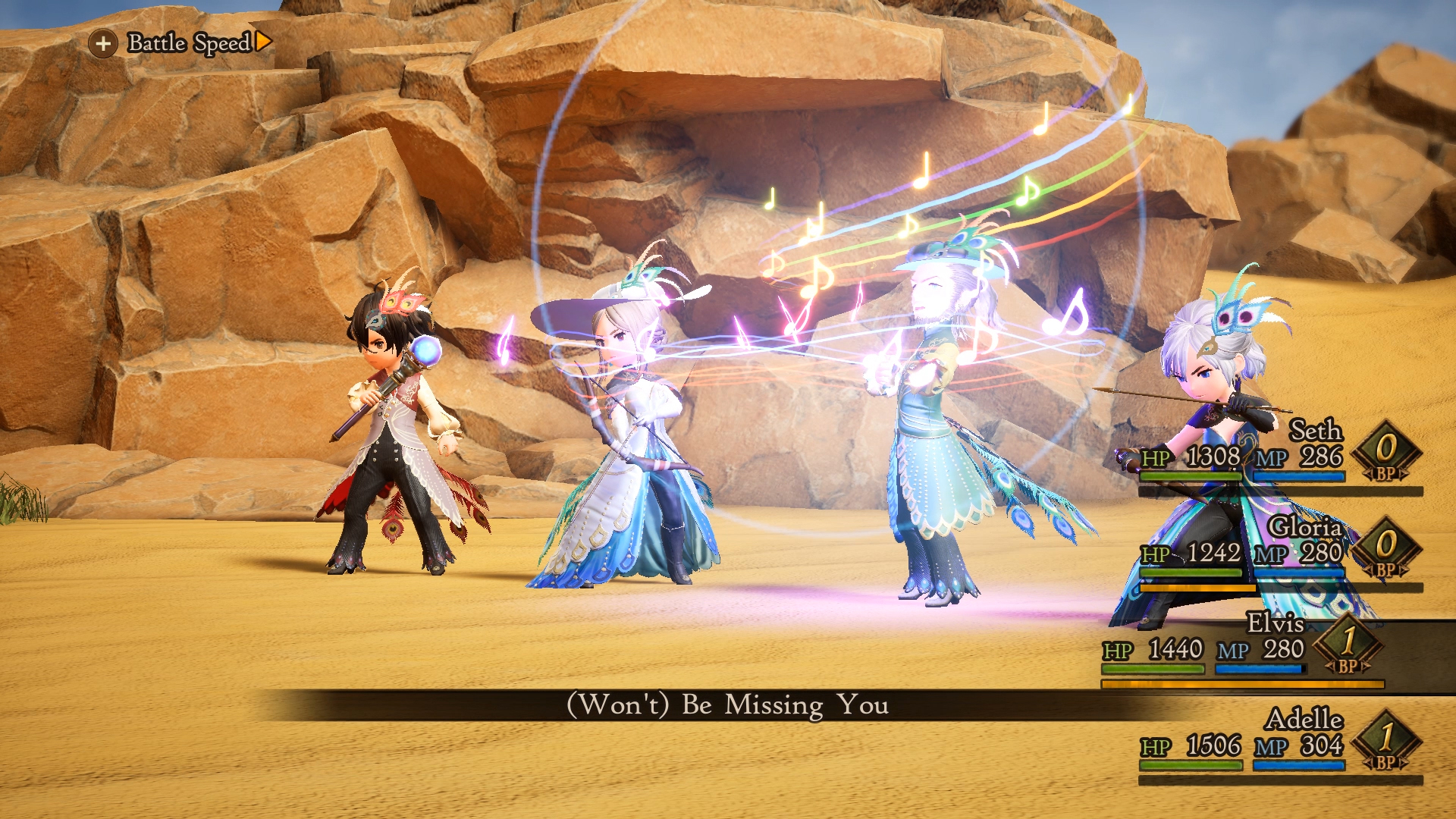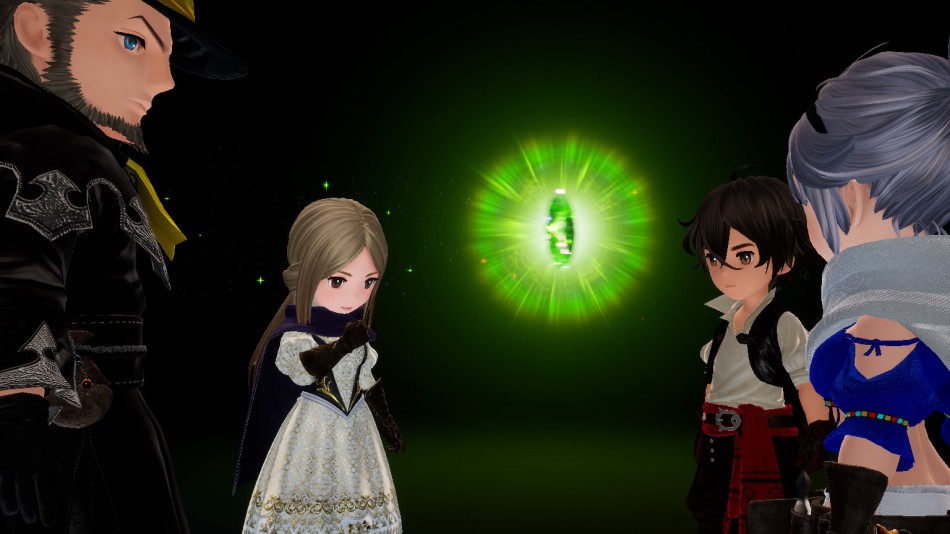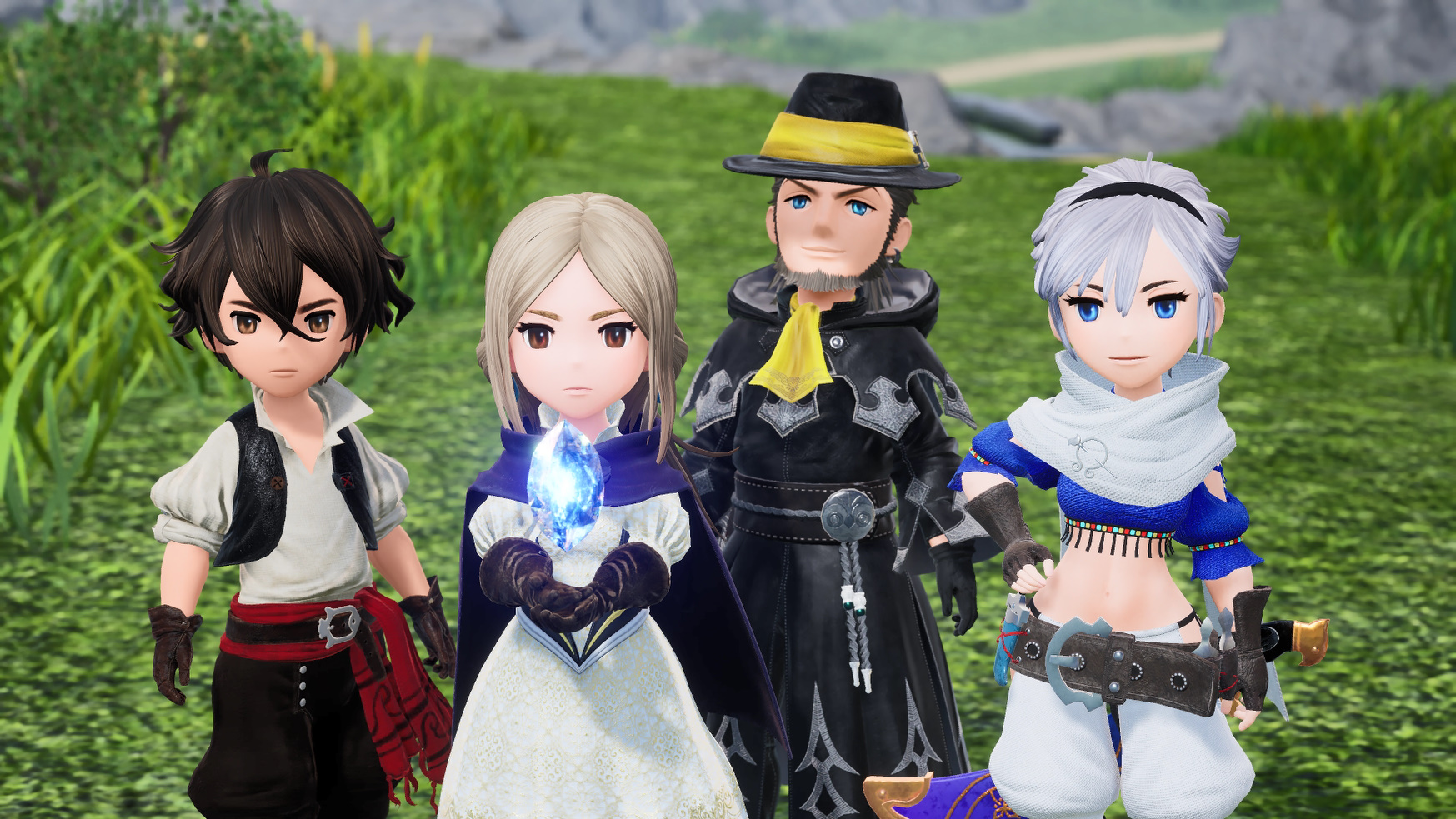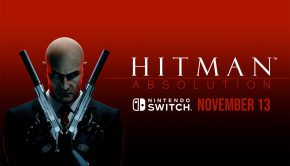Bravely Default II Nintendo Switch Review
Summary: Those who love old school JRPG grindfests will find a lot to love with Bravely Default II.
3.6
Bravely Nostalgic
In 2012 JRPGs were at a low ebb. They were being overshadowed by their Western counterparts, which were being released to widespread acclaim and audience fervour. This made the success of Bravely Default all the more pleasant. A nostalgic throwback to JRPGs of yore, with a hardcore job system, brutal grinding and a challenging yet addictive turn based battle system. It was met with praise from critics and customers and heralded something of a return to form for the dormant genre. Cut to 2021 and JRPGs are thriving again, thanks to the success and reinvention games such as Persona 5, Nier Automata and Final Fantasy XIV. Is there still room on the scene for such a deliberate old school throwback?
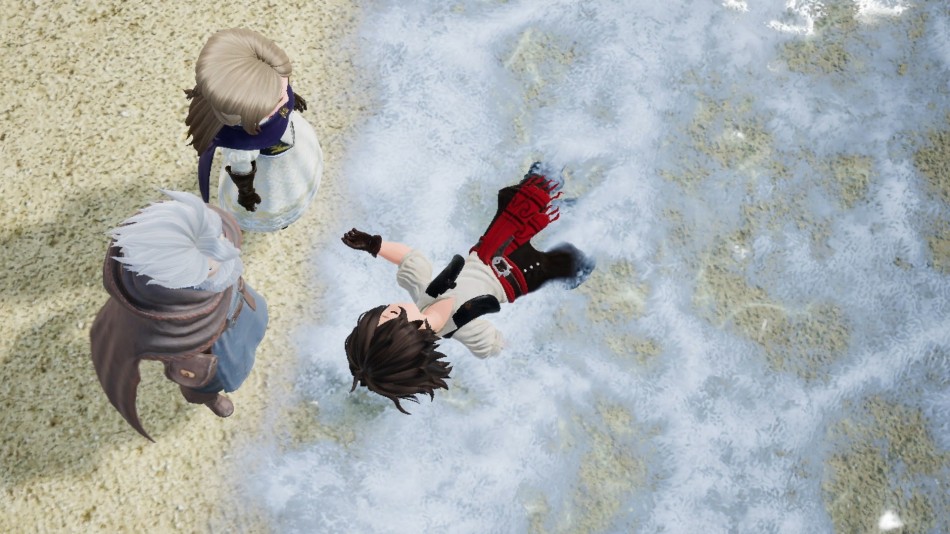
In a word, yes. Bravely Default II is a consistent delight, although its wholehearted embrace of JRPG conventions may frustrate some who believe that they are best left in the past. For example, those hoping for a new narrative twist on top of the throwback gameplay may be left disappointed. Bravely Default II’s story is as standard as they come. An amnesiac sailor is joined by a plucky cast of do-gooders on a quest to recover four crystals and it plays out exactly as you think it would. Those who enjoy JRPG’s for their epic stories may want to look elsewhere.
Just because the tale is familiar however, doesn’t mean it’s not charming as hell. While the overall narrative may be stock standard, the characters are given plenty of chances to shine. Each of the four heroes in your party has a distinct personality. This is helped along by the ‘Party Chat’ system. In certain areas pressing the + button opens up a short conversational scene where your characters talk about anything from the main quest to personal foibles. These conversations are full of charm and show the level of detail and polish Square Enix has put into this game.
Speaking of Polish, this is a beautiful game. The watercolour backgrounds are packed with detail and you will often find yourself zooming out to take it all in. The characters are a little weaker. They are presented as ‘chibi’ style figures that don’t feel like they match the background style. They’re cute and fairly inexpressive, but where they really shine is with the various jobs. Each job has its own completely different look, and the designs actually branch out from JRPG tropes for some fairly unique looks.
The job system itself is one of the main parts of the Bravely Default II experience. This time around jobs are tied into the overall narrative, as powerful gems called Asterisks contain new jobs. Your characters inevitably run in to many dastardly foes holding these Asterisks, and must defeat them to gain access to new jobs.
The job system represents a more hardcore grinding experience akin to RPGS of the 90s. Each battle not only accrues EXP, but also Job Points. As JP are accumulated, you gain more abilities under each job. For instance, a White Mage does not start with the most potent curative magic, they have to reach a certain level. Gaining JP involves a lot of grinding. There are abilities that increase JP to expedite the process but if you want to seek out all abilities you will spend a ton of time chaining battles.
Mastering the Job System is essential, as boss fights play out almost more as puzzles than battles. If you go into a boss fight with the incorrect job formation, you will find yourself wiped out quickly. Many boss fights will involve studying the strengths and weaknesses of your enemy, and then tailoring your characters jobs to best combat this. This also means that many boss encounters will end up with you getting destroyed, followed by several hours of battling smaller enemies to make sure you’re adequately levelled.
The battle system from the original returns here, featuring the ‘brave’ and ‘default’ commands. ‘Brave’ enables you to take multiple turns in one, whereas ‘default’ skips your turn so you can bank it later. This adds an extra layer of strategy to your battles. Banking moves means later on you can unleash a devastating offensive, or on the other hand keeping your healer on stand by enables them to heal up the party quick if they are attacked by a powerful enemy.
The battle system is immensely satisfying and helps to make grinding feel like less of a chore. It is interesting however to see Bravely Default II remove the original’s quality of life features. Bravely Default had the option to increase the frequency of random encounters and the ability to auto battle. Bravely Default II no longer has random encounters but also no longer features the ability to auto battle. The closest you get is recalling a previous action, which still requires manual input.
In battle you can adjust the speed, which is welcome but the fact remains that by removing the auto battle, the grinding in Bravely Default II becomes a much more intensive and boring process.
Bravely Default II features plenty of side content along with its main quest. There are rare monsters littered around the map that will pose an immense challenge. These can be found almost immediately as well which lends an element of danger to the world map. The majority of sidequests involve killing monsters or fetching items on the field. Gameplay wise this is all fairly dull but the rewards you reap are immensely useful for powering up your characters.
Your enjoyment of Bravely Default II will largely depend on how much of a fan you are of grinding. With the large glut of epic, innovative JRPGs available in 2021 there are plenty of more streamlined experiences. However if you’re into hardcore old school JRPG’s with brutal difficulty spikes and detailed job systems, Bravely Default II will be exactly what you’re looking for.


